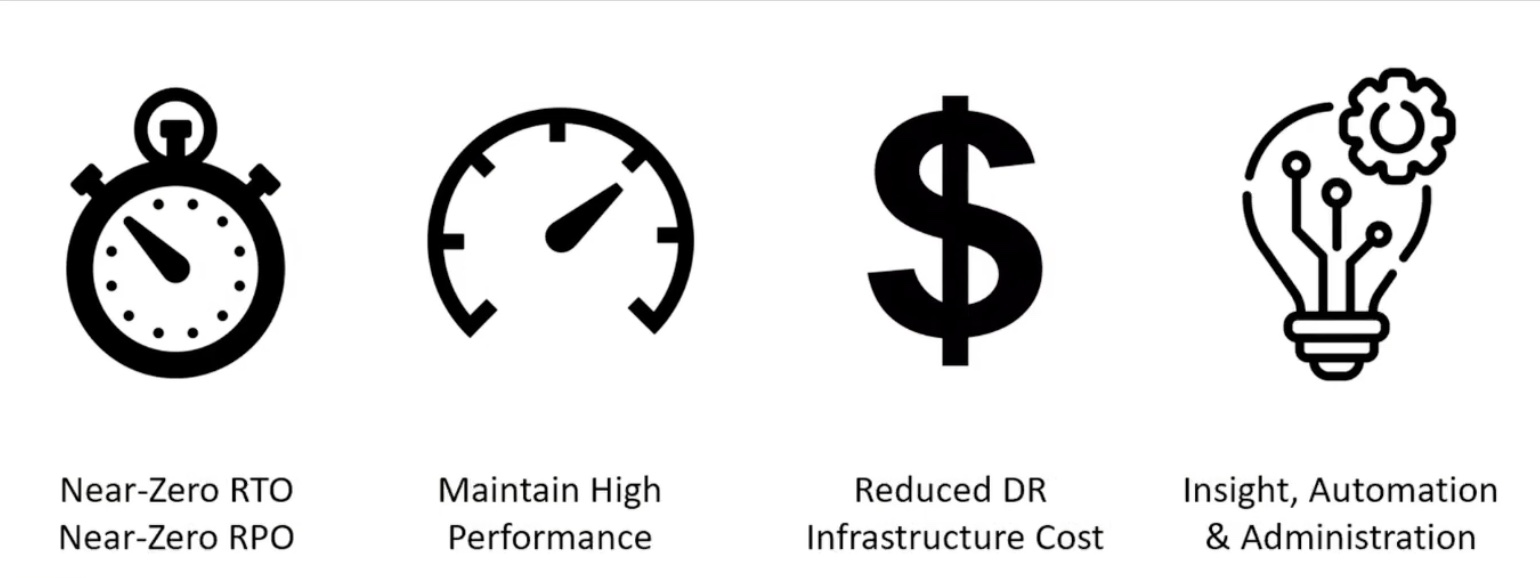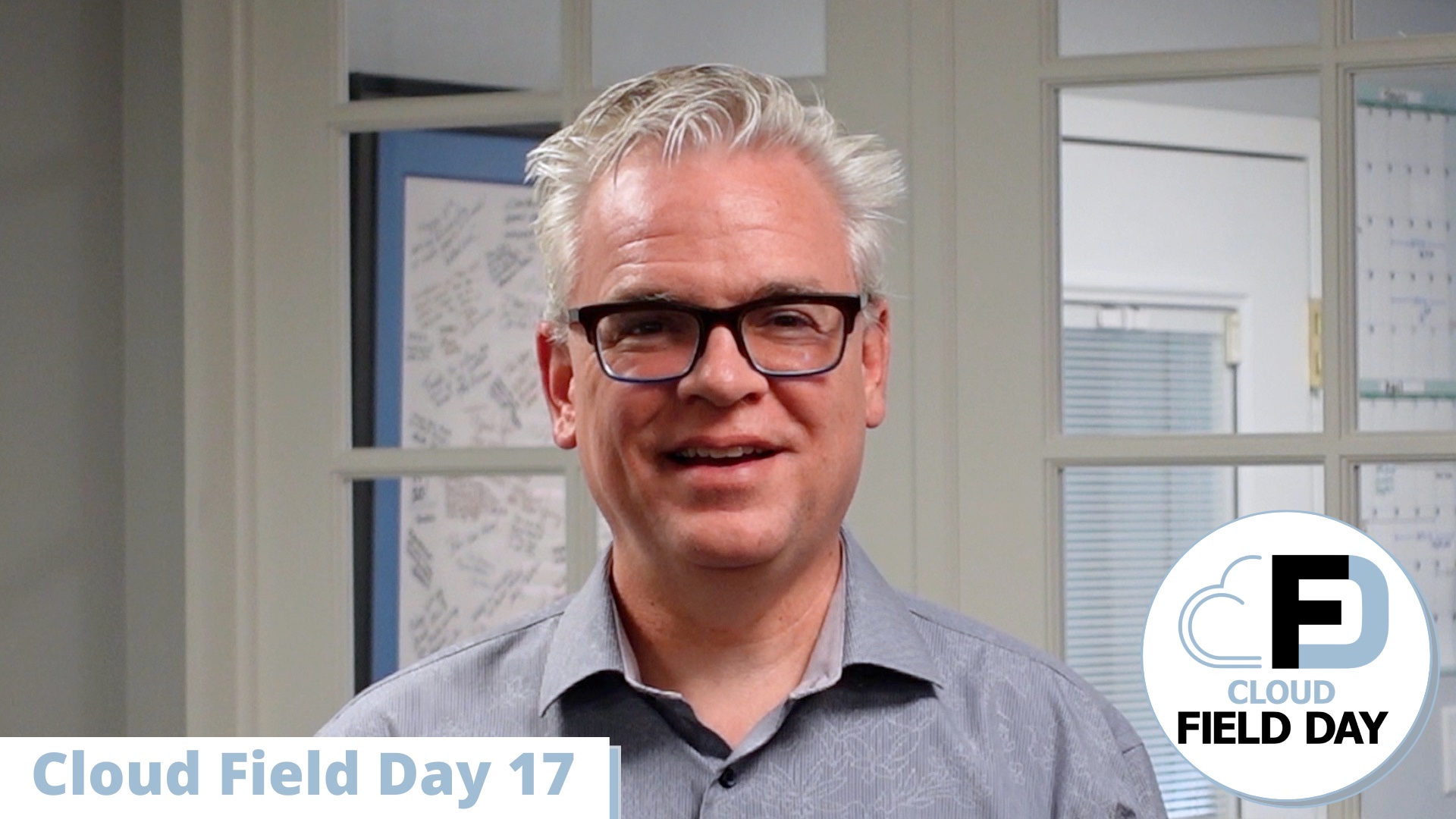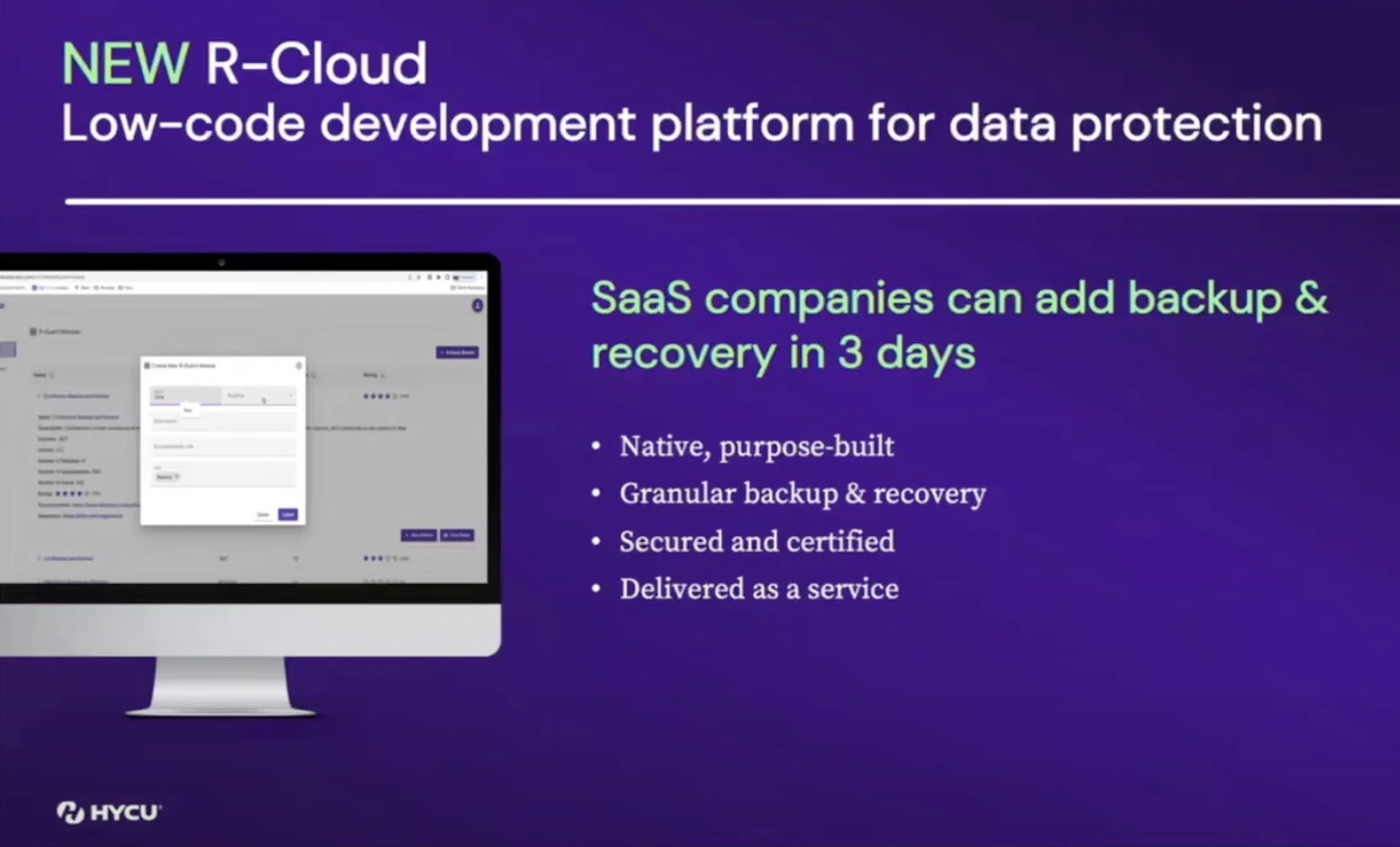As companies race to adopt cloud in some form or fashion, it has kicked up a lot of movement in the disaster recovery space. With many of the cloud-bound organizations lacking resources and skillsets required to navigate the kinks of migration, they need a flexible, cloud-based service to protect their data in the cloud.
Disaster recovery as a service (DRaaS) provides a means to backup data and applications in a third-party cloud, and recover them after a disaster. The DR orchestration in this case is provided through a SaaS solution.
Wide adoption of DRaaS has kicked off in a surprisingly short time, upending the old, and cost-prohibitive approaches before it.
“The reason why organizations are increasingly looking to the cloud, specifically for their disaster recovery needs, both from an economical and operational perspective, is because the cloud offers enormous advantages to organizations that are looking to improve the cost and performance of their DR strategies,” said Rich Petersen, Co-Founder of JetStream Software, Inc. a data protection and DR company that provides organizations failover and recovery as a service.
At JetStream Software’s presentation at the Cloud Field Day event in Boston, Mr. Petersen laid out the economic and operational advantages of taking DR to the cloud.
Legacy DR solutions make inelegant options in the hybrid cloud era. Designed with on-premises architecture in mind, these solutions are not easy to migrate to, and often offer slow recoveries that can materially impact business operations and customer experience. The other lengthier approach is to build and maintain a DR site on premises which is a colossal undertaking that not many has the wherewithal to afford.
Needless to say, these options are expensive considering the cost of physical servers and storage, licensing and support. The result is a set of companies gripped with the need for a more economical and suitable alternative.
JetStream Software, the Company
Few companies are as motivated as JetStream Software to end the cost-intensive way of doing things in DR. Founded in 2016, JetStream has all the buzzy and upbeat characteristics of a startup tech company – founders with vaunted pedigree in storage, strategic partnerships with prominent vendors like Microsoft and NetApp and eye on a fast-growing niche.
With DRaaS as its chosen niche, the company is on a mission to help enterprises avert the tradeoffs of traditional DR solutions, and offset the financial responsibilities associated with running an on-prem DR infrastructure.
“One of the advantages that JetStream has as a company is that we really began operations as the disaster recovery technology and business space was already moving to the cloud. So we were able to architect our software with a cloud-native approach.”
Organizations dipping their toe in the cloud do not need an expensive, or complex solution, but one that is easy, and economical, that takes the burden of infrastructure maintenance and support off of their hands – in other words a service like cloud itself.
Near-Zero RPO and RTO
JetStream is a cloud-based solution that offers protection of workloads both in the public cloud and in companies’ own datacenters. Whether a company is public cloud only, or using a hybrid infrastructure of cloud and on-prem, JetStream can protect workloads anywhere.
“In the event of a disaster, on-premises workloads can fail over to a recovery environment running in the cloud, or if you want to restore the on-premises environment and fail back, you can do that too,” said Mr. Petersen.
JetStream implements Continuous Data Protection (CDP) that relies on continuous data replication, putting data in a cloud-based storage in real time, ensuring minimal downtime and interruption to application operations.
Mr. Petersen highlighted the key benefits of JetStream. JetStream offers near-zero Recovery Point Objective (RPO) and Recovery Time Objective (RTO). Near-zero RPO ensures minimum loss of data in an event of a disaster, while low RTO enables low downtime and agile recovery from an outage, ensuring that the applications are available in the shortest time possible and business continuity is restored.
Continuous replication on JetStream lets users recover data from the most recent to an earlier point-in-time – “the protection doesn’t just extend to the most recent point of consistency for the systems, but you can actually go back in time to earlier points of consistency for failover, in the event that’s required for your needs,” elaborated Mr. Petersen.
Low-Cost Backup
DRaaS has some clear cost advantages. JetStream furthers them by leveraging the economical cloud object storage which comes in two pricing models – reserved and on-demand instances. It affords users the choice to pay for the storage and compute as needed, allowing to keep a tight rein over the cost.
“This is the concept of a pilot-like cluster. It’s a cluster that provides a bare bones recovery environment with networking and everything else already established. But in the event of a disaster, you can add nodes to that cluster on the family, and recover quite quickly – by storing data more economically and by maintaining fewer compute nodes on a day-to-day basis,” explained Mr. Petersen.

This approach yields substantial cost savings, enabling companies to not only dodge the upfront costs of appliance or hardware, but buy storage for less, and scale on demand without having to predict or plan for capacity.
“Our customers, when they do the math, they estimate that a solution using this type of approach to their DR infrastructure saves them about 50 to 60%, versus other approaches that would have more expensive storage and a one-to-one correspondence between production and recovery systems,” said Mr. Petersen.
Self-Service DRaaS
JetStream comes with a spectrum of self-service capabilities advancing the goal of providing customers control and autonomy in a third-party cloud infrastructure.
JetStream provides a combination of automation and insights to let users have full control and visibility. While the software provides automatic deployment, administration and maintenance, it also brings back data continuously to the administrators so that they can be on top of the fulfilment of RPO standards, and amend unexpected events without assistance.
Another reason to commit to JetStream is to avoid dealing with multiple vendors. “You’d want something that could be acquired and billed through a cloud vendors’ marketplace, so you’d be doing business with a single entity rather than multiple software vendors. You want something that feels like a cloud-native solution both from a technology and business perspective,” Mr. Petersen pointed out.
Wrapping Up
DRaaS has the potential to disrupt thousands of dollars in DR spending and make companies more likely to embrace cloud. JetStream delivers extended protection to data, be it in the public or private cloud. But more importantly, by delivering the service over software, it spares users the troubles of engaging with the mechanics of DR and the costs of investing in questionable solutions. It is ready-to-use, automatic and offers the best of cloud economics.
For more information, check out the JetStream presentations on the architecture and the solution demo from the recent Cloud Field Day event on Tech Field Day website.




